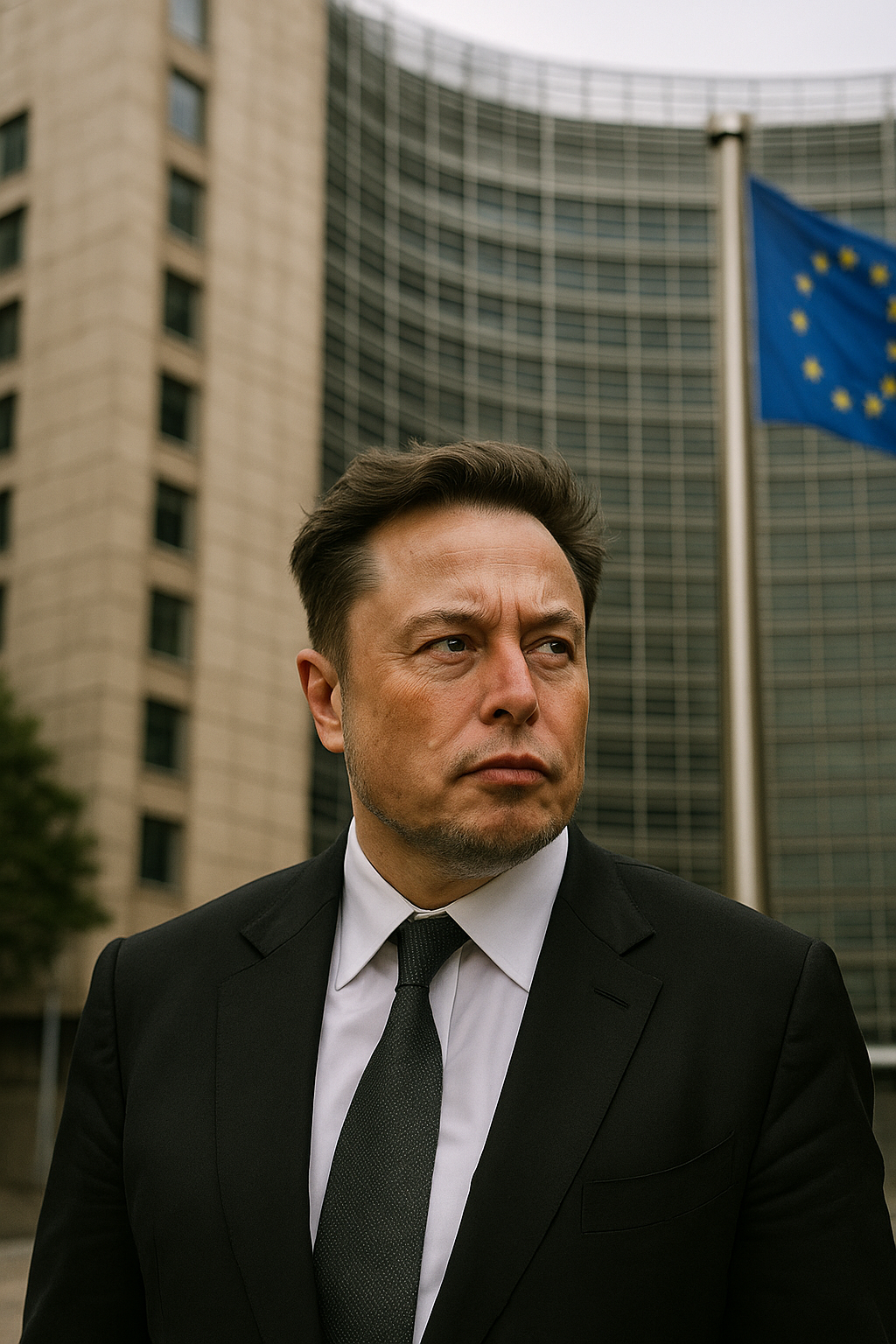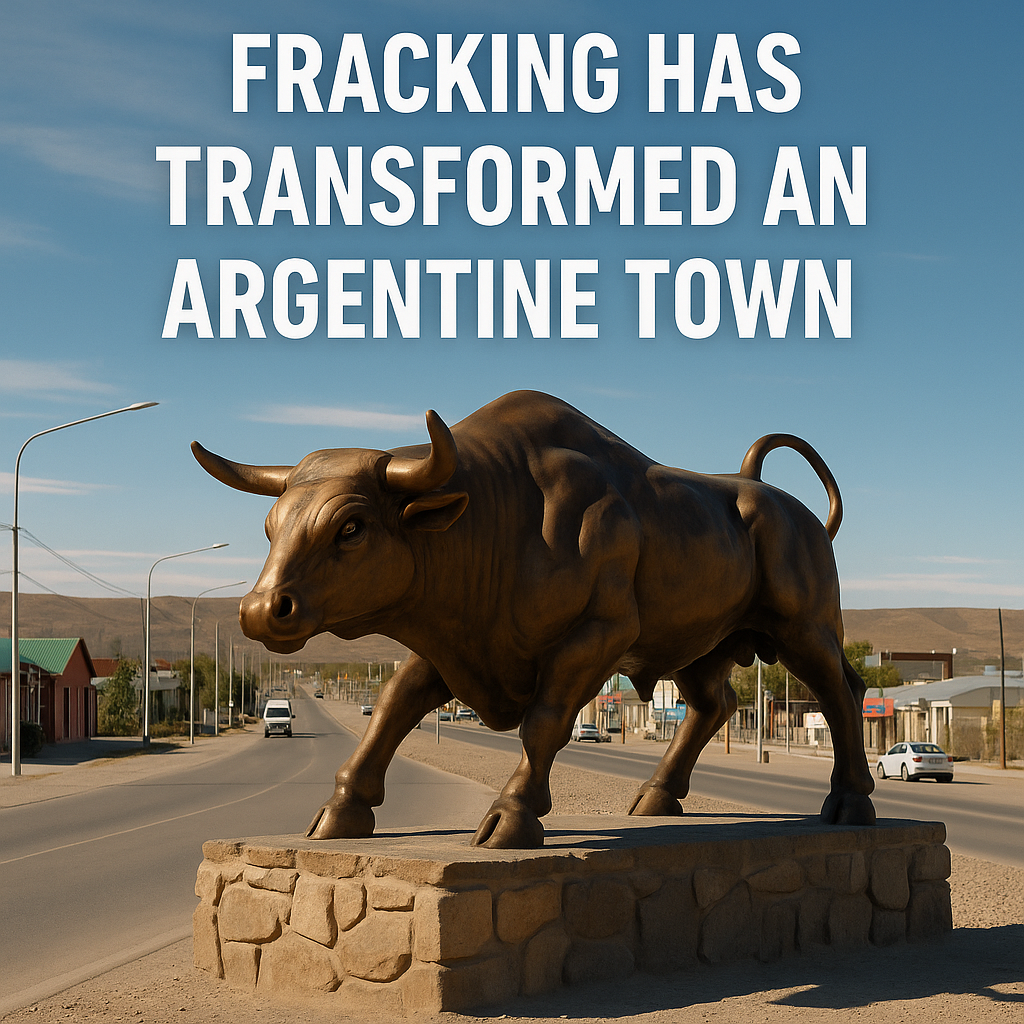Key Highlights
Here’s a quick look at the major changes happening at Mount Sinai:
- The Egyptian government is developing a luxury hotel and mega-resort at Mount Sinai, a site of immense religious significance.
- This project, part of the “Great Transfiguration Project,” aims to boost the tourism industry in the Sinai Peninsula.
- The development threatens the area’s serene, spiritual character and its status as a UNESCO World Heritage site.
- Local Bedouin communities have faced displacement, with homes and a cemetery demolished to make way for construction.
- International organizations are raising alarms about the potential irreversible damage to the site’s cultural and environmental heritage.
Introduction
Imagine a place so sacred that it’s central to three of the world’s major religions. That place is Mount Sinai, traditionally known as where Moses received the Ten Commandments. Now, this revered landscape in the Sinai Peninsula is set to become home to a luxury hotel and mega-resort. This transformation sparks a crucial debate between economic development and preserving a site of profound spiritual importance. What does this mean for the future of one of the world’s most holy sites?
Mount Sinai’s Religious and Spiritual Importance
Mount Sinai is not just a mountain; it’s a designated UNESCO World Heritage site with deep historical significance. For centuries, it has been a pilgrimage site for seekers of faith and solitude. Its landscape is steeped in stories, including the account of the burning bush and the delivery of the Ten Commandments.
The area is also home to Saint Catherine’s Monastery, the oldest continuously operating Christian monastery in the world. This adds another layer to its profound spiritual significance. The new development plans are raising questions about how this spiritual value can coexist with large-scale tourism.
Sacred Significance in Judaism, Christianity, and Islam
Why is Mount Sinai considered one of the world’s most sacred sites? Its importance is shared across the Abrahamic faiths. For Judaism, Mount Sinai, or Har Sīnay, is where God gave Moses the Ten Commandments on stone tablets, an event that formed the covenant with the Israelites. The Book of Exodus vividly describes this divine encounter, making the mountain a cornerstone of Jewish faith and identity.
In Christianity, early traditions identified the area as a holy place. Christian hermits settled here in the 3rd century, and Empress Helena commissioned a chapel near what was believed to be the burning bush. This led to the construction of the fortified Saint Catherine’s Monastery in the 6th century, which continues to be a beacon for Christian pilgrims today, preserving invaluable manuscripts and relics.
Islam also reveres Mount Sinai, known as Ṭūr Sīnā’ in the Quran, as a blessed place where God spoke to Moses (Musa). The Quran mentions the sacredness of the mountain and the nearby valley. The Prophet Muhammad is said to have granted protection to the monastery, creating a legacy of coexistence that highlights the site’s shared spiritual value.
Pilgrimage Traditions and Global Reverence
For centuries, the journey to Mount Sinai has been a profound act of faith. As a pilgrimage site, it has drawn people from across the globe who come to walk the sacred ground, reflect in solitude, and connect with its immense spiritual significance. This tradition of reverence is now facing an uncertain future.
How will building a luxury resort at Mount Sinai affect its religious and spiritual significance? The “Great Transfiguration Project” plans to introduce high-end hotels, shopping bazaars, and other modern amenities. Critics fear this will transform the area from a peaceful sanctuary into a commercialized tourist destination, undermining the very qualities that make it sacred. The challenge is preserving this heritage for future generations.
Key pilgrimage practices at risk include:
- The serene, reflective climb up the mountain, often done overnight to witness the sunrise from the summit.
- Visiting Saint Catherine’s Monastery to experience its ancient history and spiritual atmosphere.
- Engaging with the unique, quiet landscape that has inspired spiritual retreat for millennia.
Reactions to the Luxury Hotel Announcement
The announcement of the luxury hotel project has been met with sharply divided opinions. The Egyptian government and state-run media portray the development as a “gift to the entire world,” designed to boost the tourism industry and honor the site’s significance. They see it as a way to attract a new wave of international visitors.
However, this view is not shared by everyone. The local community, along with international observers like World Heritage Watch, have expressed grave concerns. Travel writer Ben Hoffler points out the disconnect between the project and the needs of the people who call this sacred land home. These different reactions highlight a deep conflict over the future of one of the world’s most important heritage sites.
Local Community Perspectives and Concerns
The impact on local Bedouin culture could be devastating. For generations, the Jebeleya Bedouin tribe has lived in the Saint Catherine area, acting as guardians of the land. Their traditional way of life is deeply connected to the mountainous landscape. However, the development project is proceeding without what many feel is adequate consent from the local community.
British travel writer Ben Hoffler, who has worked with the tribes, described the situation bluntly: “This is not development as the Jebeleya see it or asked for it, but how it looks when imposed top-down to serve the interests of outsiders over those of the local community.”
The primary concerns for the local community include:
- Displacement and Loss of Land: Homes and existing tourist eco-camps have been demolished to make way for new construction.
- Cultural Disruption: A new urban environment is being built around a tribe with a nomadic heritage, threatening their traditional way of life.
- Desecration of Sacred Sites: The community has been forced to exhume bodies from a local cemetery to build a new car park, a deeply painful act.
International Opinions and Media Coverage
The international community has responded with significant alarm. Organizations dedicated to preserving cultural heritage have been vocal in their opposition. In July 2023, World Heritage Watch sent an open letter to UNESCO, urging that the Saint Catherine area be added to the list of world heritage sites “in danger.”
This call to action highlights concerns that the project’s scale threatens the “remoteness and serenity” that are key to the site’s value as a UNESCO World Heritage Site. The fear is that the spiritual character of the landscape will be permanently lost.
In stark contrast, state-run media in Egypt presents a glowing narrative. The media coverage there describes the development as a “multi-billion-pound masterpiece” that aligns with the president’s vision to develop the Sinai Peninsula. The table below shows this deep divide in media coverage and official opinions.
| Viewpoint | Perspective on the Mount Sinai Development |
|---|---|
| Egyptian State Media | Frames the project as “Egypt’s Gift to the World” and a strategic plan to honor the region’s significance while creating a global destination. |
| World Heritage Watch | Views the project as a “megatourism project” that is disfiguring a sacred landscape and violating UNESCO recommendations. |
| International Press | Reports on the controversy, highlighting the displacement of local Bedouins and the risks to the site’s sacred and environmental integrity. |
Threats to the Environment and Heritage Sites
The development at Mount Sinai is part of a larger pattern of mega-projects in sensitive regions. The Sinai Peninsula, a land bridge between Africa and Asia, is an arid and delicate environment. Large-scale construction poses significant threats not only to the natural landscape but also to irreplaceable heritage sites.
When development proceeds without careful planning, the damage can be irreversible. This raises important questions about our responsibility to protect these places for future generations. The balance between modernization and preservation is fragile, and the stakes in a place like Sinai are incredibly high.
Environmental Challenges of Mega-Developments
What environmental risks are associated with building a luxury resort at Mount Sinai? Mega-developments in ecologically sensitive areas like the Sinai Peninsula bring a host of environmental challenges. The construction itself involves clearing land, which can cause extensive damage to natural landscapes and disrupt local ecosystems that have evolved over millennia.
The Egyptian government has reportedly ignored multiple recommendations from a UN Habitat-commissioned environmental review, moving forward with construction that defies national environmental laws. This approach creates facts on the ground before the full impact can be assessed, leaving a difficult legacy for future generations. The core values of the area—serenity and solitude—are directly threatened by this new urban sprawl.
Key environmental risks include:
- Landscape Damage: Extensive and potentially irreversible damage to the unique, rugged mountain terrain.
- Violation of Protections: The project appears to defy laws related to natural protectorates and recommendations from environmental experts.
- Loss of Serenity: The construction of hotels, plazas, and roads destroys the quiet and remote character that defines the area’s spiritual atmosphere.
Lessons from Similar Projects Worldwide
The situation at Mount Sinai is not unique. Around the world, there are many examples of tourism projects negatively affecting sacred sites. The commercialization of World Heritage sites is a growing global trend, as governments and developers in the tourism industry look to capitalize on rising demand for luxury travel, often overlooking cultural and spiritual values.
This trend raises a difficult question: how do we balance economic goals with the preservation of our shared heritage? When a sacred place becomes just another stop on a luxury tour, its authentic spiritual experience can be lost. Travelers seeking a deep, meaningful connection may be alienated, which could ironically harm the tourism industry in the long run.
The negative impacts seen at other UNESCO World Heritage sites offer a warning:
- Dilution of Authenticity: The spiritual or historical essence of a site is replaced by commercial activities.
- Overcrowding: Mass tourism can degrade the physical environment and diminish the visitor experience.
- Marginalization of Local Culture: Indigenous communities are often pushed aside as their lands are developed for outside interests.
Conclusion
In conclusion, the transformation of Mount Sinai into a luxury hotel raises profound questions about heritage, community values, and environmental sustainability. While some celebrate the potential for economic growth and tourism, others express valid concerns over the impact on this sacred site and its surrounding ecosystem. Balancing development with respect for historical and spiritual significance is crucial as we navigate this change. By engaging in open dialogue and considering diverse perspectives, we can work towards a solution that honors the past while embracing the future. If you’d like to share your thoughts or get involved in the conversation, feel free to reach out—your voice matters!




